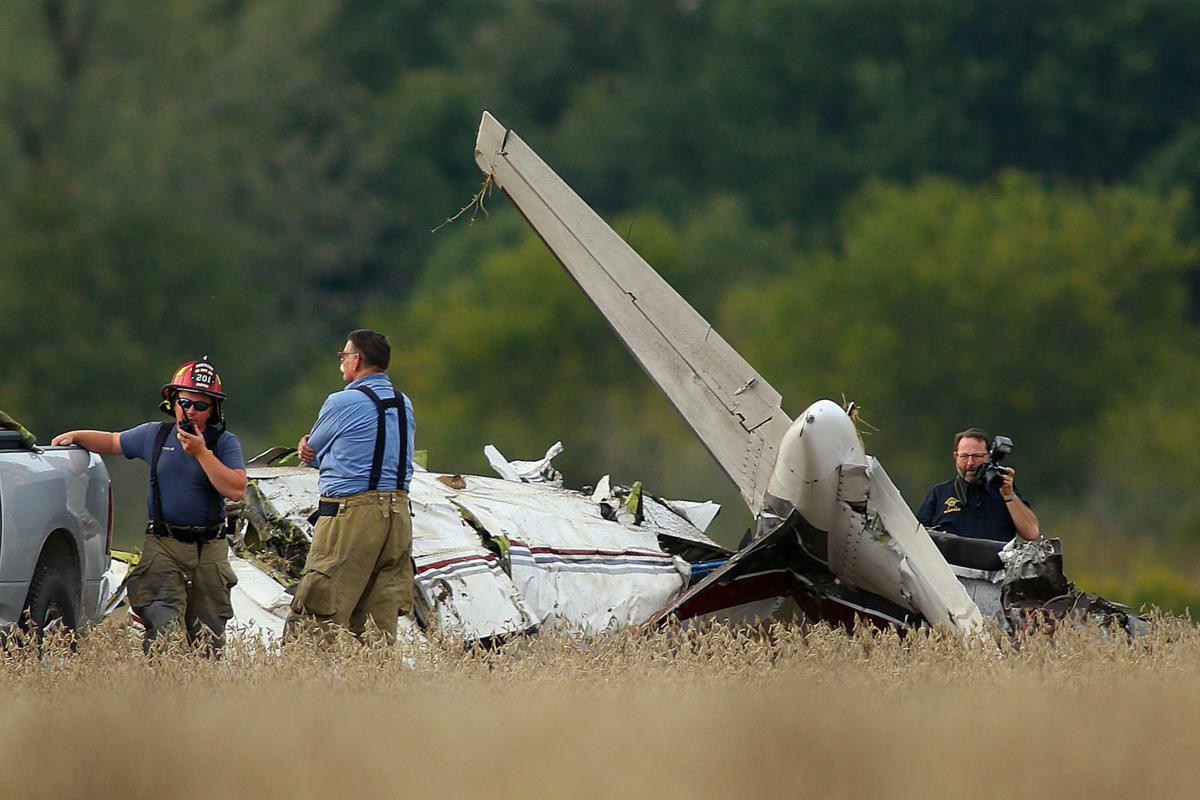
Aircraft incident reports might sound like something out of a thriller movie, but they play a crucial role in aviation safety. Ever wondered what happens when a plane has a close call or a minor mishap? These reports are packed with details that help experts understand what went wrong and how to prevent it in the future. From bird strikes to unexpected turbulence, each report tells a story that contributes to safer skies. Want to know more about these fascinating documents? Here are 14 facts about aircraft incident reports that will give you a glimpse into the world of aviation safety and the meticulous work that keeps us all flying high.
Key Takeaways:
- Aircraft incident reports are crucial for aviation safety, providing valuable insights into potential hazards and leading to improved training and safety measures.
- Different types of incidents, such as near misses and mechanical failures, are thoroughly investigated through incident reports, leading to regulatory changes and technological innovations for safer flying.
Understanding Aircraft Incident Reports
Aircraft incident reports are crucial for maintaining aviation safety. They provide detailed accounts of events that could have led to accidents, helping to prevent future occurrences. Here are some fascinating facts about these reports.
-
Mandatory Reporting: Pilots, air traffic controllers, and maintenance personnel must report incidents to aviation authorities. This ensures a comprehensive database of potential hazards.
-
Confidentiality: Many countries have confidential reporting systems. This encourages individuals to report incidents without fear of retribution.
-
Data Analysis: Aviation authorities analyze incident reports to identify trends. This helps in developing safety measures and regulations.
-
Human Factors: A significant number of incidents are attributed to human error. Understanding these factors is key to improving training and procedures.
Types of Aircraft Incidents
Different types of incidents can occur, each with unique characteristics and implications. Knowing these types helps in understanding the scope of incident reports.
-
Near Misses: These are situations where two aircraft come dangerously close to each other. Near misses are taken very seriously and thoroughly investigated.
-
Mechanical Failures: Incidents involving mechanical issues can range from minor faults to major system failures. These reports help in identifying recurring problems with specific aircraft models.
-
Runway Incursions: When an unauthorized aircraft, vehicle, or person is on a runway, it can lead to dangerous situations. Runway incursions are a common focus in incident reports.
-
Bird Strikes: Birds colliding with aircraft can cause significant damage. Incident reports on bird strikes help in developing strategies to mitigate these risks.
The Role of Technology
Technology plays a vital role in both the occurrence and reporting of aircraft incidents. Advances in technology continue to shape the landscape of aviation safety.
-
Flight Data Recorders: Commonly known as black boxes, these devices record flight data and cockpit conversations. They are invaluable in incident investigations.
-
Automated Reporting Systems: Modern aircraft are equipped with systems that automatically report certain types of incidents. This ensures timely and accurate data collection.
-
Simulation Training: Pilots use flight simulators to train for various incident scenarios. This helps them respond effectively in real-life situations.
Impact on Aviation Safety
Incident reports have a profound impact on aviation safety. They lead to changes in policies, procedures, and technologies.
-
Regulatory Changes: Incident reports often result in new regulations aimed at preventing similar occurrences. These changes can affect everything from pilot training to aircraft design.
-
Improved Training: Insights from incident reports are used to enhance training programs for pilots, air traffic controllers, and maintenance personnel.
-
Technological Innovations: Many safety technologies, such as enhanced ground proximity warning systems, have been developed in response to incident reports. These innovations continue to make flying safer for everyone.
Final Thoughts on Aircraft Incident Reports
Aircraft incident reports are crucial for ensuring aviation safety. They provide detailed accounts of what went wrong, helping experts prevent future mishaps. These reports often reveal patterns that might not be obvious at first glance, making them invaluable for improving procedures and technology. Pilots, engineers, and regulators rely on this information to make informed decisions. Understanding these reports can also ease passengers' minds, knowing that every incident is thoroughly investigated. The transparency and thoroughness of these reports highlight the aviation industry's commitment to safety. Next time you board a plane, remember that countless professionals are working behind the scenes, analyzing data and implementing changes to keep you safe. So, the next time you hear about an aircraft incident, know that it's a step towards making air travel even safer for everyone.
Frequently Asked Questions
Was this page helpful?
Our commitment to delivering trustworthy and engaging content is at the heart of what we do. Each fact on our site is contributed by real users like you, bringing a wealth of diverse insights and information. To ensure the highest standards of accuracy and reliability, our dedicated editors meticulously review each submission. This process guarantees that the facts we share are not only fascinating but also credible. Trust in our commitment to quality and authenticity as you explore and learn with us.


